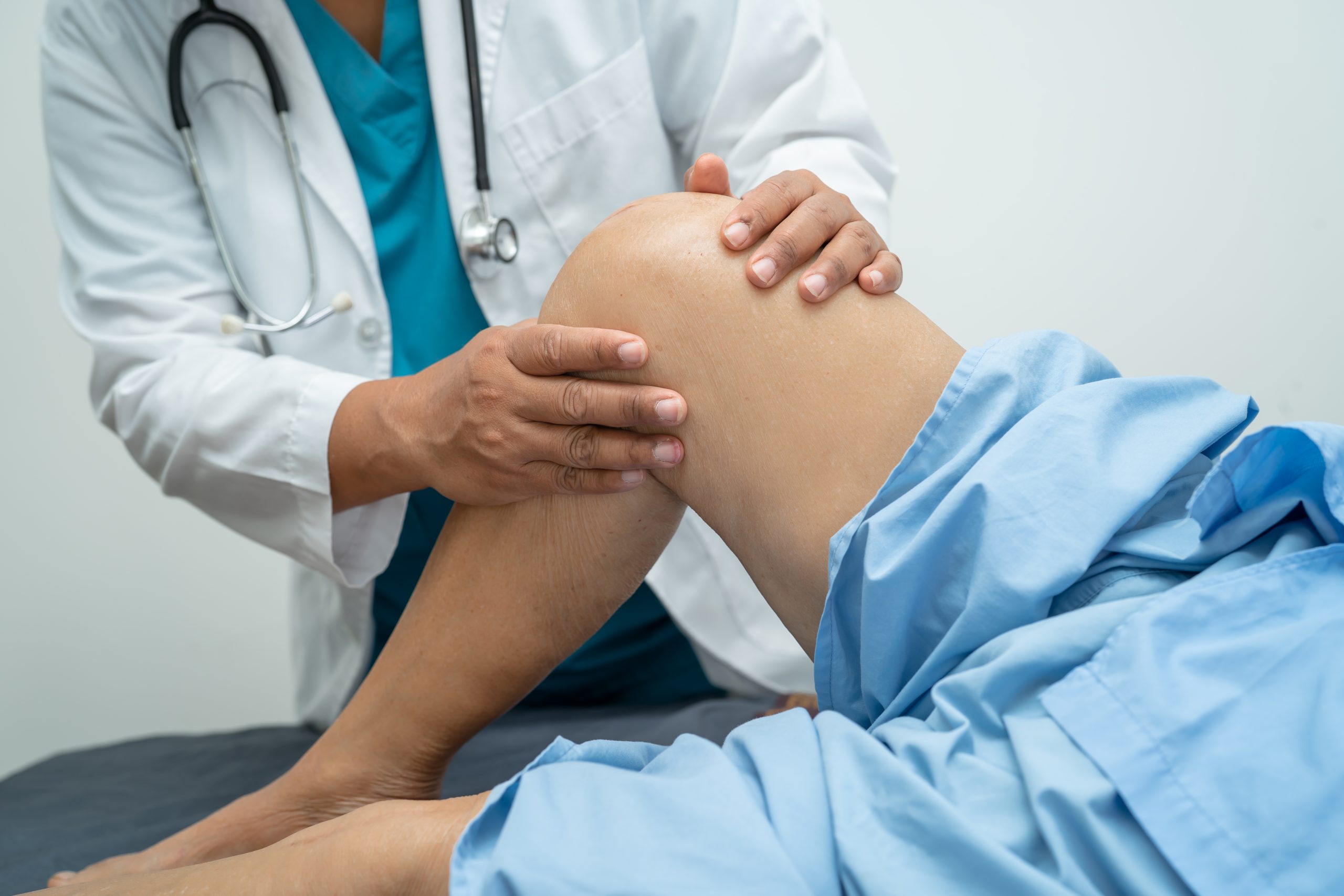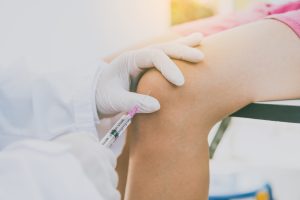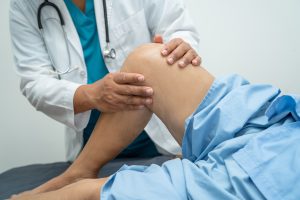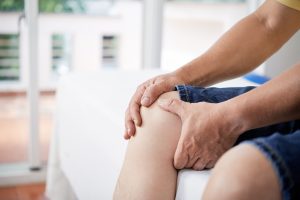Platelet-Rich Plasma (PRP) therapy has become one of the most talked-about regenerative treatments in recent years. From athletes recovering from joint injuries to individuals seeking hair restoration, many patients are asking the same question: What’s the PRP success rate, and does it really work? At NorTex Tissue Regeneration in North Dallas, we help patients navigate these questions by breaking down the real numbers, clinical outcomes, and patient satisfaction results.
PRP Success Rate: What the Numbers Really Show
Studies suggest PRP therapy success rates vary depending on the condition treated. On average, 60%–80% of patients report significant improvement after a series of treatments. That means most patients experience less pain, better mobility, or thicker hair growth over time.
“Our dedicated medical professionals combine years of experience with the latest advancements in regenerative science to deliver safe and effective treatments tailored to each patient’s needs,” says the NorTex Tissue Regeneration team.
PRP Therapy Effectiveness Rate: Clinical Outcomes Explained
PRP isn’t a one-size-fits-all solution. Its effectiveness depends on factors such as:
- The condition being treated
- The severity of the issue
- The number of treatment sessions
- The patient’s overall health
Clinical outcomes PRP research shows that results are most effective when patients commit to their full treatment plan, rather than a single injection.
How Successful Is PRP Therapy? Let’s Break Down the Stats
Here’s what current PRP effectiveness data shows:
- Joint pain & osteoarthritis: About 70% of patients report long-term pain relief
- Tendon and ligament injuries: 60%–80% show improved healing and reduced inflammation
- Hair loss treatments: Around 65%–75% notice thicker, fuller hair within 6–12 months
These PRP therapy outcomes are supported by multiple clinical studies, showing that while results vary, the majority of patients report real, noticeable improvements.
PRP Success Rate by Condition: Hair Loss, Joints, and More
Different conditions respond differently to PRP:
- Hair loss (androgenic alopecia): Higher success rates in early-stage hair thinning
- Knee osteoarthritis: Better outcomes compared to hyaluronic acid injections in many trials
- Sports injuries: Widely used by athletes for faster tendon and ligament recovery
This condition-specific effectiveness rate helps patients set realistic expectations.
PRP Effectiveness Rate in Clinical Studies: What to Expect
Clinical research consistently shows PRP injections are safe and can deliver measurable improvements. Some studies show PRP success rates are comparable or better than traditional treatments like cortisone shots, without the risk of long-term side effects.
Patient Satisfaction With PRP: Real Results and Reviews
Patient satisfaction PRP data often goes beyond the numbers. Many patients report:
- Improved quality of life
- Reduced dependence on pain medication
- Better function in daily activities
At NorTex, we’ve seen patients regain mobility, athletes return to training, and individuals restore their confidence through hair restoration treatments.
PRP Therapy Outcomes: Success Rates Backed by Research
When reviewing PRP clinical results joint pain studies, many patients experience relief lasting 6 months to 2 years. For hair loss, results may require maintenance treatments every 12–18 months. Success rates are highest when patients combine PRP with lifestyle changes like exercise, nutrition, and stress management.
PRP Success Rate Compared to Other Regenerative Treatments
Compared to steroid injections, PRP therapy offers longer-lasting results without harmful side effects. Compared to surgery, PRP is far less invasive, with quicker recovery times and no hospital stay. This makes PRP a popular choice for patients looking for natural healing options.
Does PRP Work? Effectiveness Rates and Long-Term Results
The long-term success rate of PRP therapy depends on consistency. Most patients see results within weeks to months, with improvements lasting for years when supported by follow-up care.
“We believe in harnessing the body’s own healing potential to provide long-term relief and improved well-being. At NorTex Tissue Regeneration, your health is our priority,” says the NorTex team.
PRP Therapy Success Rate Explained: Numbers You Can Trust
PRP therapy isn’t magic, but the numbers prove it works for many patients. With success rates averaging between 60% and 80% depending on the condition, PRP is a treatment worth considering for those looking for a safe, drug-free, and regenerative option.
Transparency Statement: While NorTex Tissue Regeneration provides specialized care, many reputable clinics offer similar treatments. Always seek multiple opinions before deciding on treatment.
Interested in learning more about PRP therapy success rates near you? At NorTex Tissue Regeneration in North Dallas, TX, we offer personalized consultations to review your condition, expected outcomes, and treatment options. Schedule your appointment today and take the first step toward natural healing.
Additional Information:





